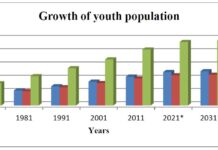Sridhar Jayaram
·where mistrust, treachery, lies, jealousy prevailed. Many dilapidated structures were razed by the corporation to allow the city breathe easy and one among them was the residence of late Congress MLA Vangaveeti Mohana Ranga Rao, popularly known as Ranga, on the M.G. Road. When sledgehammers struck the decades-old dwelling known as ‘daba’ in 2013, a gamut of thoughts crisscrossed the old-timers as an air of mystery shrouded the building.
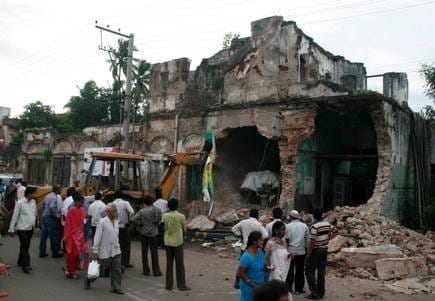
The residence (now new looking), was a witness to several dramatic political events, people’s movements, murderous plots and private ‘durbars’ in the contemporary city politics.In fact, it laid the platform for the five sensational murderers (Chalasani Venkata Ratnam, Vangaveeti Radhakrishna, Devineni Gandhi, Devineni Murali and Vangaveeti Ranga) the city witnessed in the 70s and 80s that lowered the city’s image in eyes of the world as a breeding ground of rowdies
.While Ranga ruled one part of the city from the ‘daba’; his bête norie the Devinenis ruled the other part from the ‘doddi” (backyard) from Gunadala, representing two communities and two political outfits.The ascendancy of Vangaveetis in city politics began to crystallise after they moved into the ‘daba’ in the 70s. Ranga’s brother Radha become a force to reckon with after the elimination of his arch-rival and ‘guru’ CPI leader Chalasani Venkata Ratnam (1972).The brothers entered the student union activities by launching an outfit called United Independents (UI) from this very house to counter the CPI’s students’ wing –All India Students Federation (AISF). Radha’s end came in 1974 when he left the ‘daba’ to collect a donation only to be killed by his rivals (and friends) inside a shop inMusuem Road.
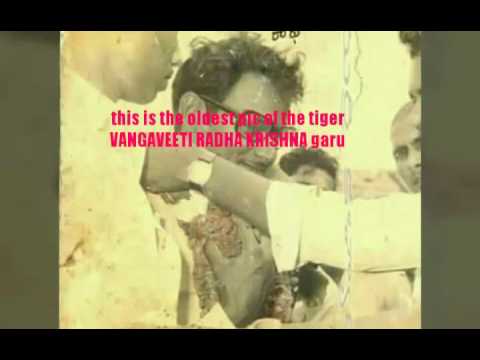
.After a truce with the Reds, Ranga emerged as the leader of the faction in which Denivenis (Gandhi and Nehru) were his trusted lieutenants before they broke away in the late 70s.’ “Mistrust, treachery, lies, jealousy and communal feelings began to surface in the house leading to breaking away of Devinenis from Ranga. The formation United Students Organisation (USO), without the knowledge of Ranga, widened the rift. They floated it to counter Ranga’s United Independents (UI),” says Durga Rao, a friend of Sr. Radhakrishna.The battle lines were drawn in 1979, when Ranga men murdered Devineni Gandhi near ITI College in 1979 leading to a series of murders and assaults in the next nine years, including the filmi-style murder of Devineni Murali in March 1988 at Yadlapadu in Guntur District.
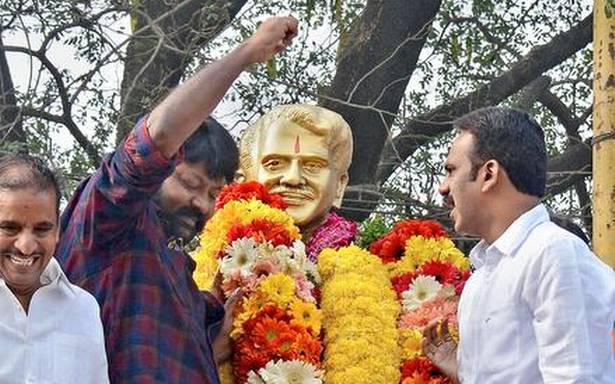
People used to shiver by every mention of ‘Daba” and several remember the ‘instant justice’ Ranga handed over to the wrongdoers. “People, who could not afford courts, used to seek justice from Ranga’s durbar,” says Kota Sankar Sarma, a close associate of Ranga.The security at ‘daba” was impregnable and around 50 ‘followers’ used to give him the security cover. Outsiders were frisked and suspicious characters were dealt with. “Dozens his henchmen used eat and sleep in the ground floor,” recollects Sarma.The building witnessed the transformation of Ranga from a student leader-cum-gang leader to a powerful politician when he won as a corporator independently in 1981. “The Congress which denied him ticket 1981 gave him the MLA ticket in the 1985 by-election and he won hands down during the TDP wave”.Ranga launched agitations when he was out of power from this house. During the TDP regime, he took on the then top cop Vyas and ruling party with grit and his residence was under constant surveillance.
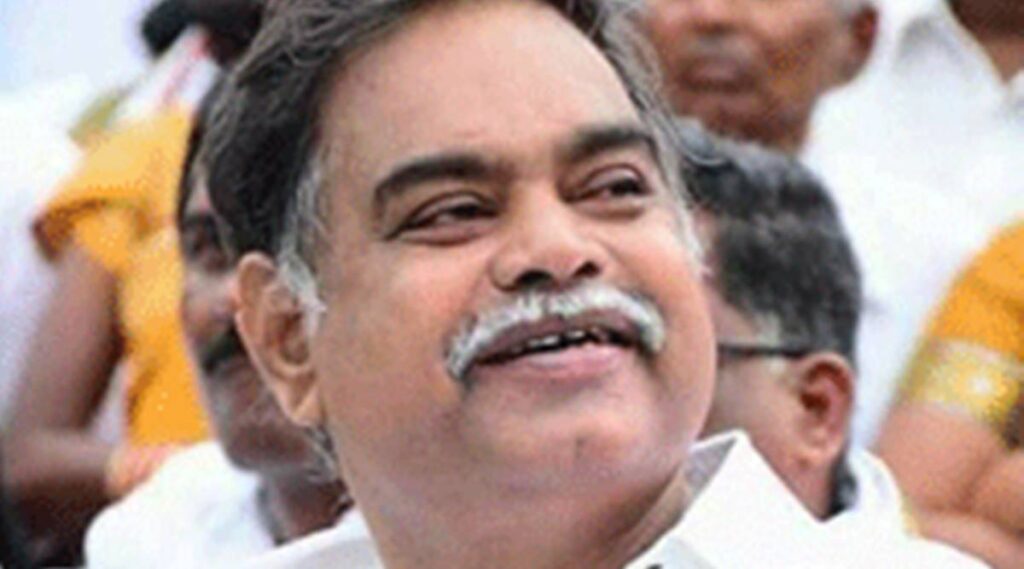
When he made – “Chaitanya Radham” – a film on his elder brother Radhakrishna his house was transformed into shooting spot with Tollywood stars.The house was the rallying point when Ranga organised Kapunadu and Jana Chaitanya Yatra to galvanise the Kapu community against TDP regimmurder.e. “Several Congress national and state leaders frequented the house,” recollects a Ranga follower.Several followers used to spend a good amount of time in the house and they used to follow wherever their leader went. Ironically, Ranga met his death in the hands of his arch-rivals while on fast on early December 26, 1988 – a few yards away from his much-loved house while his dumb-struck wife Ratna Kumari saw the gory incident unfold from the window of the house. The building is also known for shutting its door on the face of then chief minister N T Rama Rao when he came to console Ms. Ratna Kumari, wife of Ranga after Ranga’s murder.
·


